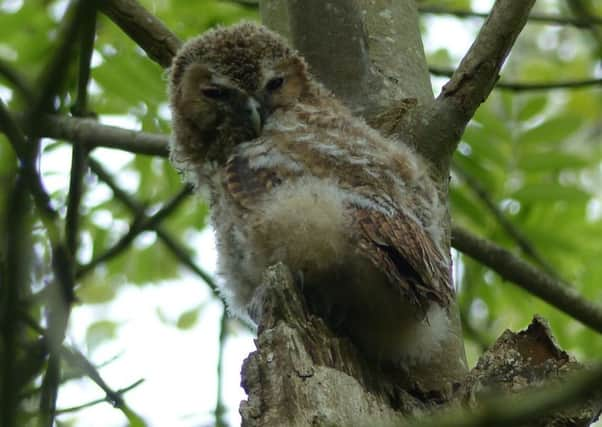Warm dry weather and plenty of insects makes conditions healthy for rare birds


A particular highlight has been the successful nesting of a pair of Spotted Flycatchers in Howe Park Wood.
Possibly the only breeding pair in Milton Keynes, this fantastic result is thanks to the hard work of the trust’s volunteers, who installed open fronted nest boxes for flycatchers at the wood in 2015.
Advertisement
Hide AdAdvertisement
Hide AdThe Barn Owl has enjoyed its most fruitful breeding season yet in Parks Trust land, with 12 young owlets ringed by a local specialist. Nest boxes were occupied at several locations in Ouse Valley Park.
Tawny Owls nested successfully at Howe Park and Shenley Woods and the Common Tern had its best breeding season in 20 years at Stony Stratford Nature Reserve, with at least six nests spotted.
The Grasshopper Warbler, one of our rarer warbler species, has also been enjoying a good year in Milton Keynes, with reports of the bird being spotted at five different sites across the city.
The rapidly declining Cuckoo also had a successful year with breeding confirmed at Floodplain Forest and Linford Lakes Nature Reserves.
Visit www.theparkstrust.com
Advertisement
Hide AdAdvertisement
Hide AdMartin Kincaid, biodiversity officer for The Parks Trust said: “This year has been a fantastic one for the rare and declining bird species that live in our city. One reason for this is weather related - 2017 has been an exceptionally dry year that followed a very warm and dry winter. This meant climatic conditions in spring and early summer were favourable for the majority of nesting birds, with good growth, early foliage and critically, healthy insect populations. Our work to provide bespoke nest boxes for certain species has clearly been effective, and used by Barn Owls, Tawny Owls, Kestrels and Spotted Flycatchers.”